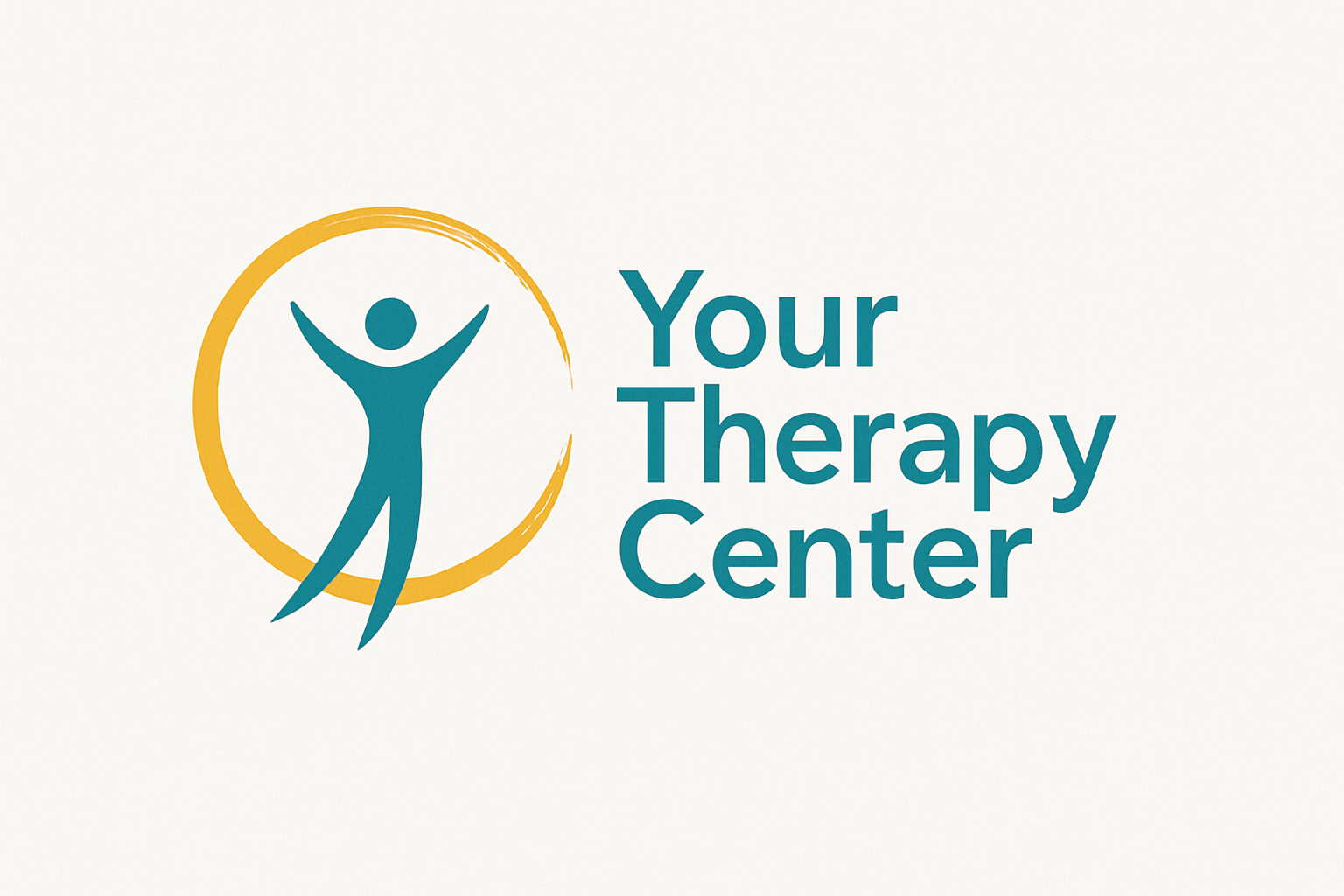Therapy Technique Spotlight: Integrating CBT, Schema Therapy & Mindfulness
In today’s fast-moving world, therapy is not one-size-fits-all. Human experience is layered, emotional, and complex — and so are the methods that support healing.
Three of the most powerful, evidence-based approaches in modern psychotherapy — Cognitive-Behavioral Therapy (CBT), Schema Therapy, and Mindfulness-based interventions — can work together in ways that deeply transform how clients understand and change their inner world.
🧩 1. CBT — Building Awareness and Change
Cognitive-Behavioral Therapy (CBT) remains one of the most extensively researched and effective methods for anxiety, depression, OCD, and stress-related disorders.
It focuses on the here and now: identifying unhelpful thinking patterns and behaviors, challenging them with evidence, and replacing them with more balanced alternatives.
In practice, CBT provides clients with concrete skills — thought records, behavioral experiments, and exposure techniques — that foster measurable progress.
Its structured nature helps clients regain a sense of control and self-efficacy: “I can influence how I feel by changing how I think and act.”
🧱 2. Schema Therapy — Healing the Deeper Patterns
Some difficulties run deeper than daily stress or surface-level thoughts.
Schema Therapy, developed by Jeffrey Young, expands upon CBT by addressing early maladaptive schemas — long-standing emotional patterns rooted in childhood experiences.
These schemas influence how we perceive ourselves, others, and relationships (e.g., “I’m not good enough,” “People always leave,” “I must be perfect to be loved”).
Through imagery rescripting, limited re-parenting, and mode work, Schema Therapy offers a way to heal the emotional child within while developing healthier adult modes.
It’s especially effective for chronic depression, relationship struggles, and personality-related difficulties.
By integrating Schema Therapy, the therapist moves from “fixing thoughts” to reconnecting with unmet needs — empathy, safety, belonging, and love.
🌿 3. Mindfulness — Cultivating Awareness and Acceptance
Mindfulness, now a cornerstone of many evidence-based therapies, invites clients to observe thoughts and emotions without judgment.
Rather than trying to control or avoid inner experiences, mindfulness teaches us to relate to them differently — with curiosity, compassion, and calm awareness.
Research on Mindfulness-Based Cognitive Therapy (MBCT) and Mindfulness-Based Stress Reduction (MBSR) shows strong evidence for reducing anxiety, depression relapse, and emotional dysregulation.
Clients often describe it as learning “to step back from the storm” — to notice what arises, breathe, and respond with intention rather than reaction.
⚖️ 4. Why Integration Matters
Each of these approaches offers something unique:
CBT provides clarity and structure.
Schema Therapy brings emotional depth and long-term transformation.
Mindfulness cultivates self-awareness and presence.
When integrated thoughtfully, they address cognition, emotion, and awareness — the three pillars of sustainable psychological change.
For instance:
A CBT tool (thought record) can help identify cognitive distortions.
A schema-based reflection can explore where that belief came from and what need it protects.
A mindfulness exercise can help the client sit with the underlying emotion safely and compassionately.
This triadic integration enables clients not only to manage symptoms but to understand and re-shape their inner experience on every level.
🪶 5. How Sessions Might Look
A typical integrative session might include:
Grounding or mindful breathing (2–3 minutes) to center awareness.
Review of patterns or situations that triggered distress since the last session.
CBT analysis — exploring automatic thoughts, evidence, and alternative perspectives.
Schema exploration — identifying emotional themes or unmet needs beneath the thought.
Mindfulness-based closure — returning to the body, reflecting on insight gained, and strengthening self-compassion.
Clients leave with practical tools — journaling, mindfulness exercises, or behavioral tasks — that extend therapy beyond the room.
📚 6. Evidence Snapshot
Recent studies (Hofmann et al., 2012; Young et al., 2019; Kuyken et al., 2020) highlight the synergy between these methods:
CBT shows efficacy across anxiety, depression, and insomnia.
Schema Therapy yields strong results for chronic and personality-related issues.
Mindfulness-based therapies significantly reduce relapse risk and enhance emotional regulation.
Combining them offers both short-term symptom relief and long-term transformation.
💬 7. The Heart of Integrative Practice
At the core of this integrative work is empathy — the ability to hold space for both cognitive insight and emotional truth.
The goal is not to “fix” clients, but to help them reconnect with parts of themselves they’ve learned to silence or ignore.
Therapy becomes a journey of awareness, compassion, and personal growth — supported by science, yet deeply human in its essence.






